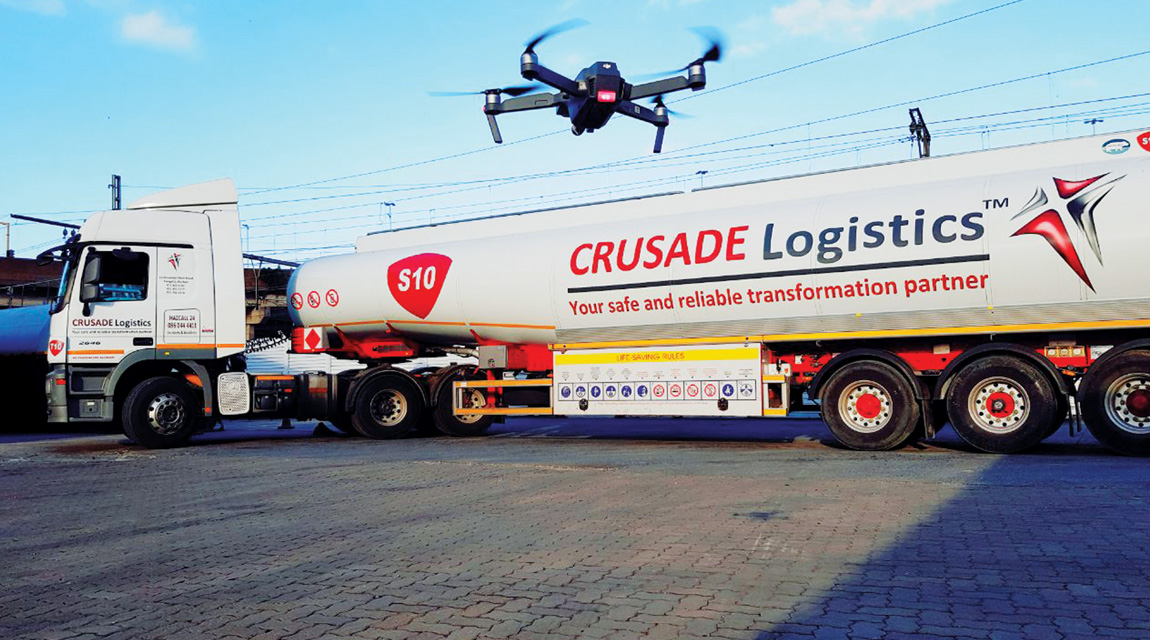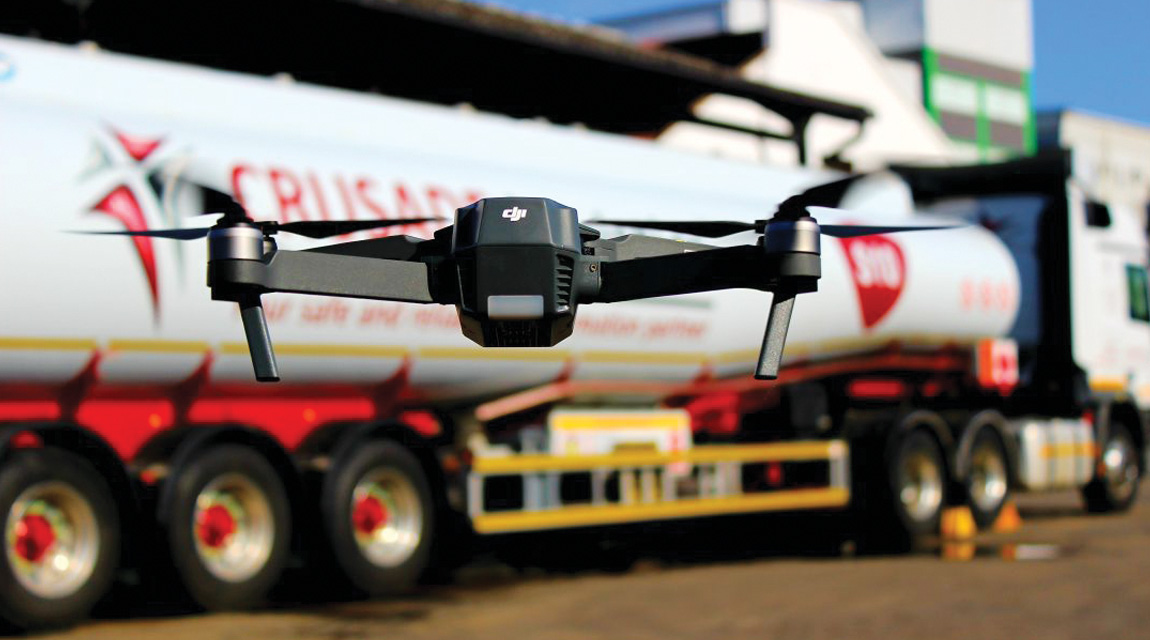Man and machine in harmony

Connected this, Internet of Things that … The face of the logistics supply chain is becoming increasingly digital. Does that mean that things are fundamentally better? Do services automatically take a leap forward? How is the human factor affected? FOCUS finds out
It can only be the natural progression for technology to underpin the modern logistics chain. As competition and speed to market become ever greater considerations, every link in the chain needs to talk to the others, while being under constant observation. While business competitiveness should take a leap forward and customer satisfaction objectives should be met, does this mean that those working in the supply chain have a measure of security? Or do they face being replaced by the machine?
According to Detlev Duve, MD of Dachser South Africa, the South African logistics sector could be experiencing one of its most competitive cycles in decades. “Influenced by economic recession, currency fluctuations and increasing customs costs, logistics companies are in a race to be all things to all people,” he notes.
“This has meant the emergence of concepts that were but a dream only a decade ago,” says Lebo Letsoalo, CEO and founder of SincPoint and the African Women in Supply Chain Association (AWISCA).
“Innovative concepts driven by technology – such as paperless, high-speed and secure dispatch/delivery of parcels through a widespread parcel shop network – enable logistics companies to serve their clients better, faster and more efficiently. They improve the level at which we produce and meet demand, and have an incredible impact on the quality of product and the speed at which it is produced.
“Technology has also helped to manage the distribution of goods and to create access to important insights into markets and sectors, which helps companies stay competitive,” she says.

Duve adds that, today, logistics is far more than moving a product safety and timeously from A to B. “Logistics has become integral to the client’s supply chain, and this requires the consideration of numerous additional factors to provide flexible and varied solutions based on the client’s logistics needs.”
This, he says, means the implementation of customised logistics solutions that require a commitment to diversify the logistics offering and capabilities.
“The goal of providing a flexible and customised solution to clients is to ensure that the they need to be less involved in terms of managing this aspect of the supply chain. Supply chains are integral to the client’s business and their bottom line, but it is not the focal point of what they do. Having a third-party logistics provider who can manage this process with accuracy and a sound understanding of their requirements, backed up by seamless tracking and administrative platforms, allows the client to focus on driving core business goals.”
So, would such an approach mean increased implementation of technology, personnel, or both?
Letsoalo is of the opinion that the bottom line for any company is that the logistical process must be cost-effective and efficient. When investing in technology in a cost-effective manner, businesses tend to think the solution lies in cutting down on the labour force.
After all, technology – automation, artificial intelligence (AI), robots and more – is far less error-prone and requires far less training than humans do. “When a robot is built and coded to perform a certain task, it is done once and the machine will then continuously perform the task effectively with no retraining required,” she quips.
She points out, however, that there will always be some tasks that machines will be unable to do.
“While AI and robots can be used to automate process and productivity, human labour remains important in ensuring precision in customer satisfaction and a more ‘human’ interaction. It really doesn’t matter how advanced the automation is or may be in the future … there will always be a need for human judgement.”
She suggests, therefore, that the key is to invest equally in machines and human beings.
“We need to rethink how we educate people and how we prepare them to work alongside an incredibly automated workplace. Train humans in new skills, especially those we identify as skills that machines are not yet capable of performing. This provides an opportunity for the education system to align its curriculum to future technology, to cater for the changing and dynamic landscape of the supply chain,” she comments.
So how could a company effectively invest in new technologies as well as manual labour? An interesting case study has emerged in KwaZulu-Natal, where specialised petroleum logistics business Crusade Logistics has employed drone technology to create a niche in the complex business of fuel distribution.
The company uses drones to help plan routes and monitor driver safety, while providing customers with two-hourly updates on the estimated arrival time at the depots, ensuring that they are ready to receive the fuel.
Co-owner of Crusade Logistics, Wesley Naidoo, says: “We mark out the routes first with drones to give drivers visual cues and familiar landmarks on an electronic journey plan. We have seen a marked improvement in driver safety and it also reduces the risk of trucks getting lost with a full load of fuel on board.”
Clearly then, the supply chain and logistics sector can look forward to a future of man and machine working in harmony, the ultimate result being customer satisfaction.
Published by
Focus on Transport
focusmagsa




